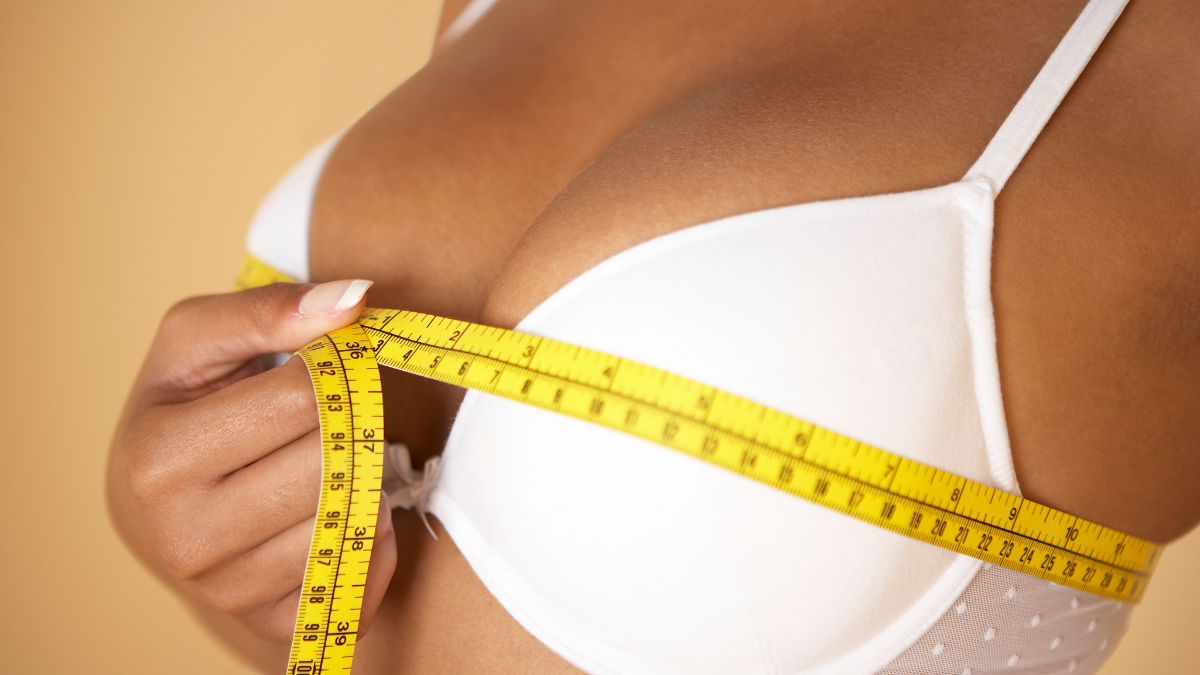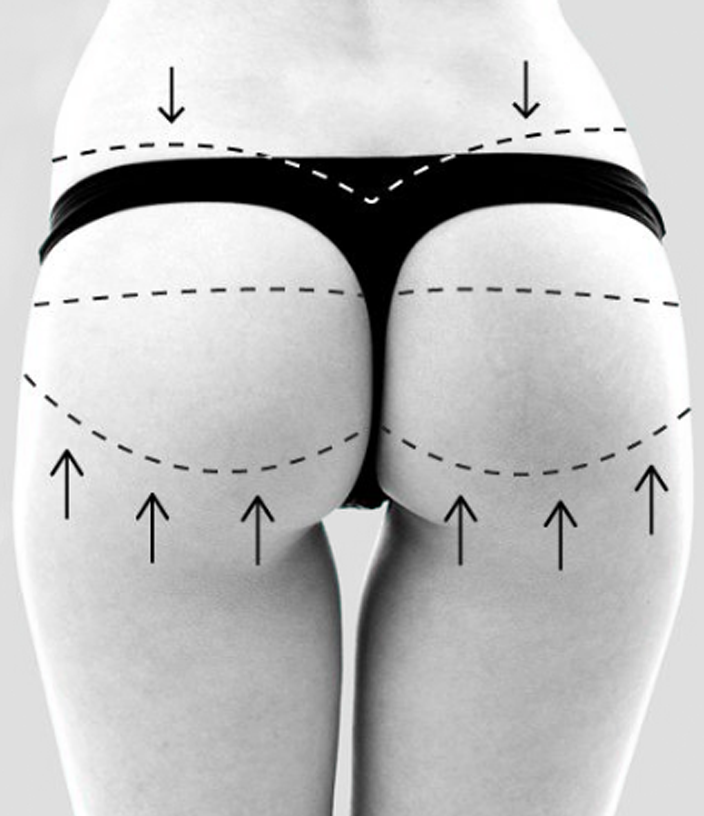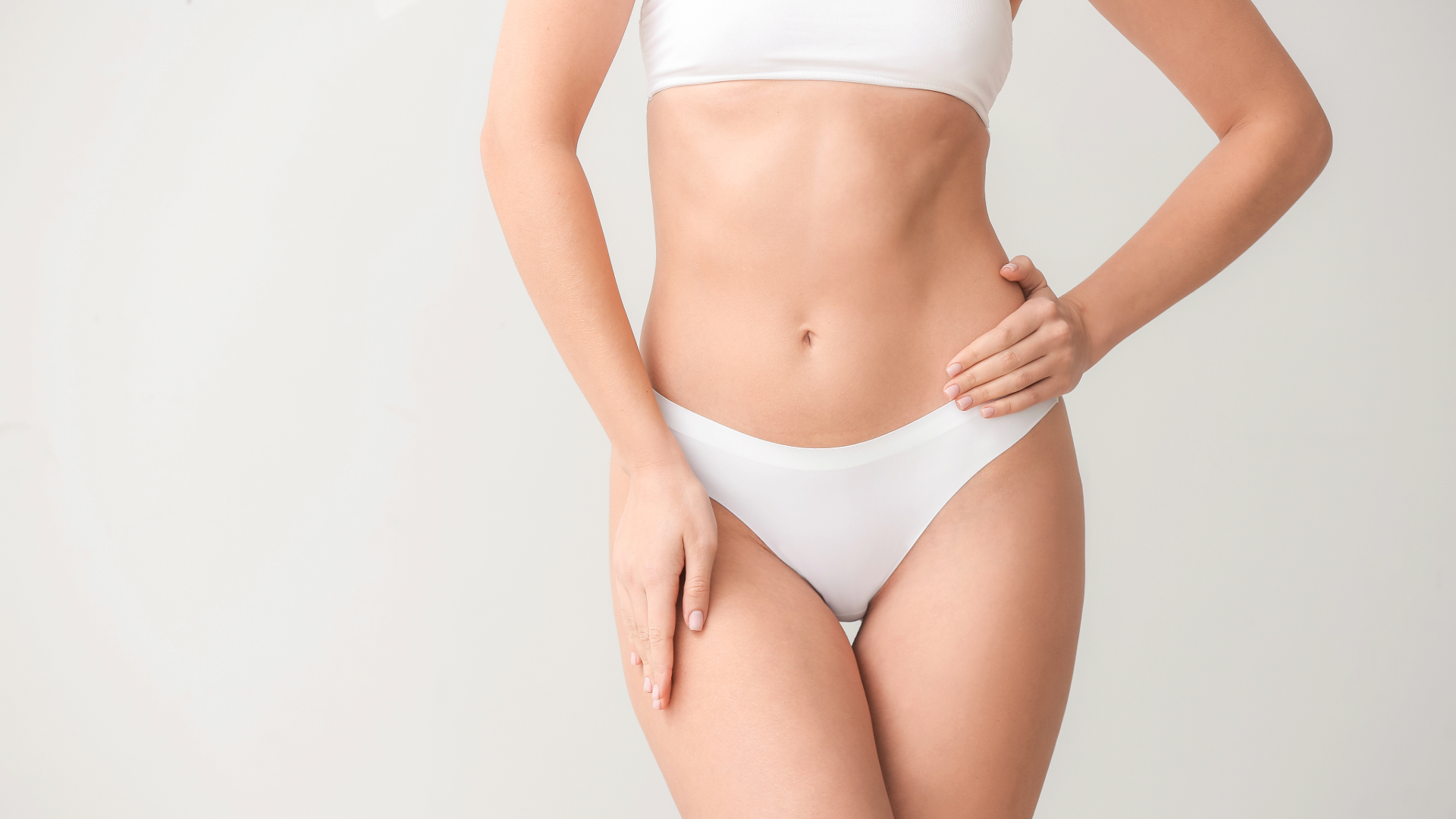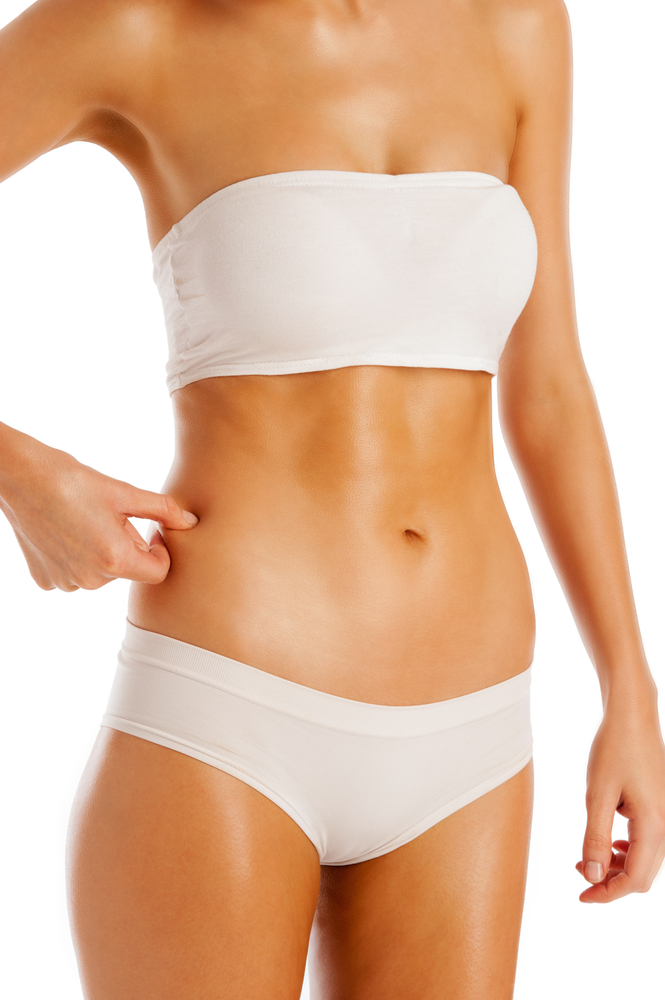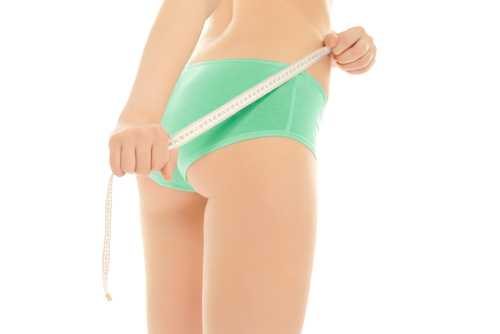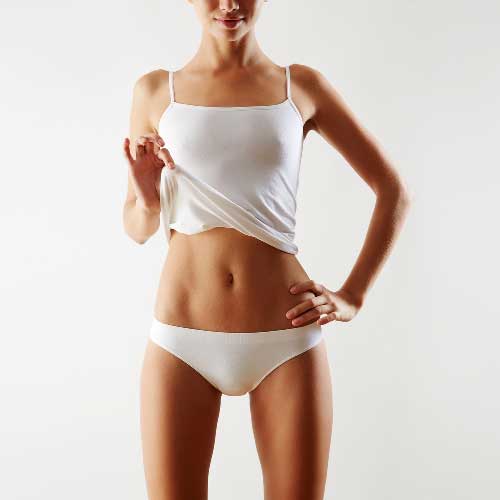There is a lot of stigma relating to ‘botched’ surgeries which include enormous breasts and lips, and too much Botox. What starts an initial insecurity and a small amount of plastic surgery can manifest into a fixation with wanting to continue to have procedures done in search of achieving perfection. As people embark on this dangerous journey they become further away from their ideal and the requests from patients will be turned away by respectable plastic surgeons. However, there is always someone out there that is willing to do the work even though the results may not be attainable, and this is what needs to be avoided.
For the majority of people seeking plastic surgery, it is about subtle results. If you desire natural looking results and want to avoid the trout pout, here is a guide:

Ensure you are having work done by a respectable & accredited surgeon
The best results come from those who desire natural looking results and seek out creditable surgeons to do complete this. Accredited surgeons will be registered with the General Medical Council (GMC). Frequently, the plastic surgery horror stories that result in a ‘trout pout’ look occur as a result of lack of experience and/or too much filler. The best surgeons will help those who desire surgery to look improved but not necessarily immediately be able to notice that they have had work done.
Ask for realistic results
Avoid having surgery with a plastic surgeon who is not honest about the results he can provide for you. If you are asking for your lip volume to be increased by a dramatic amount, you have to be aware of the consequences. There are other alternatives to filler such as cosmetic lip liner, or long lasting makeup which can give the illusion of larger looking lips without having to undergo non-surgical or surgical options.
Look at surgeons past results to see if they are natural
Generally, for lip augmentation, patients opt for two options: filler or implants. Research into the types of fillers available to you should be thoroughly researched. Lip lifts also give a more natural looking result to implants or fillers as it allows you to keep the cupids bow shape as opposed to getting a duck or block looking lip. The public have mixed views when it comes to the question of have they, haven’t they? But with the best surgeries, you may not be able to notice at all.
Price
If you are using an accredited surgeon then the end product is likely to be of a good standard. The price will give you some indication of the results you can expect. If you are choosing your plastic surgeon because they are giving you a good price or discount, then you should think again. Research the location of your surgery. Is it in a respectable establishment, or is it a backstreet job? You wouldn’t buy a car, house or holiday without doing your research first, so why would you make sacrifices when it comes to your appearance?
Research the type of filler
For the most natural looking option, opt for filler that includes hyaluronic acid as they offer a significant advantage over other fillers as the results are reversible. Brand names for this type of filler include Juvederm and Restylane.




